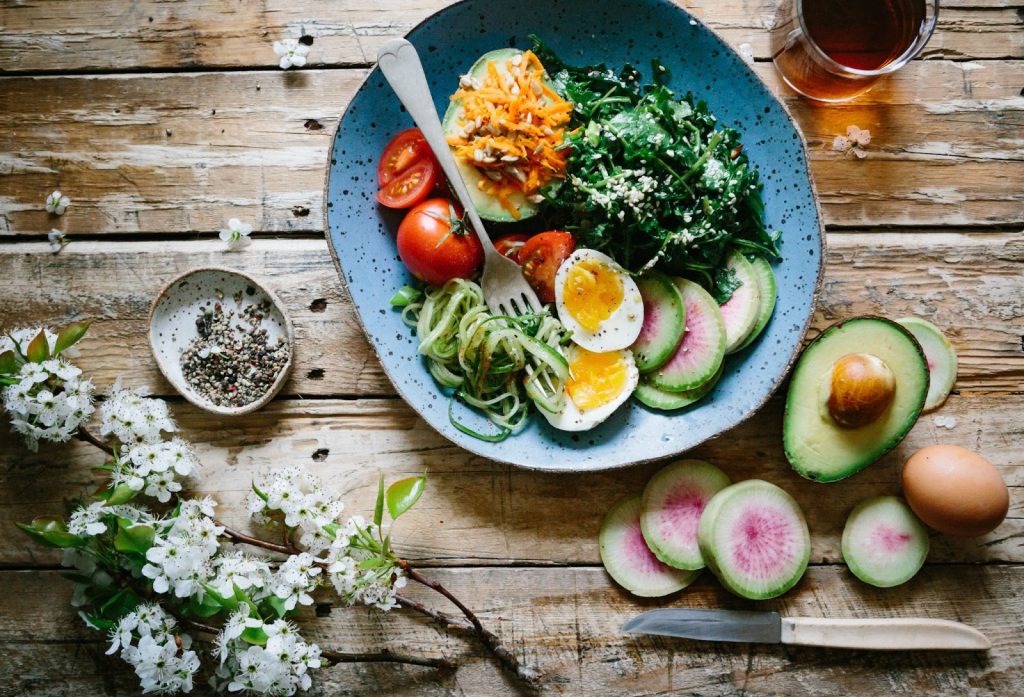Cyclists who love to spend their time on the saddle are already hooked to its benefits. From being free out there exploring the world on their two wheels to being rewarded with stunning views, a long, vigorous ride gives you a sense of achievement, passion, and confidence that lingers long after you’ve taken a shower and engaged in the rituals of daily grind again.
Despite being just a pleasure, biking exercise is also one of the best ways to shed pounds and get fit. It gets you off the treadmill and the mind-numbing, mirrored walls of the gym and allows you to burn a whopping amount of calories without boring you stiff or exhausting you. In this guide, we will show you how to be on the quickest route to fitness and rack up a big calorie burn.
Why Cycle for Fitness?
Riding a bike is often touted as one of the best forms of aerobic exercise that’s rewarded with a satisfying number of calories burnt depending on your weight, intensity, and duration. Cycling is also gentle on your joints, it’s fun to do, you can do it with friends and family and can be easily incorporated into your daily life such as running errands or commuting to work.
Additionally, it doesn’t put a strain on your knees with incessant pavement like running. When followed with a well-planned approach and an effective eating plan, biking can also burn fat faster.
Is biking good cardio?
Science-backed studies have shown that those who cycle on a regular basis have a lower risk of negative cardiovascular outcomes. So, it goes without saying that cycling is an excellent cardio workout that makes your heart stronger and healthier. In fact, the protective impact of cycling as regards heart health is astonishing.
Studies report that riding a bike no more than 20 miles a week, cuts the risk of heart diseases in half compared to being sedentary. Additionally, cycling has been found to balance the overall cholesterol level and increase the HDL cholesterol (good cholesterol) and prevent fatty deposits in the arteries which oftentimes lead to coronary heart disease.
How many calories does biking burn?

Biking exercise is low impact and an easy way for calorie burn. It stimulates metabolic and physiological changes that translate to a highly efficient fat and carbohydrate burning all day long. According to research, cycling can burn from 300 up to 700 calories per 30 minutes depending on the intensity and weight. Even at a moderate speed of 12 to 14 mph, cycling burns over 500 calories per hour.
This means that, in one week, even if you ride at a recreational pace, you burn around 5,000 calories which translates to more than a pound lost if you ride every day for an hour. While cycling can be an effective way to burn calories, it is surely a slow weight-loss fix, meaning your pounds will drop at a rational, steady, and most importantly, sustainable pace.
Biking Your Way to Better Fitness
Experts have long recognized biking as one the best ways to get fit and build muscle. Thanks to its efficiency, biking puts all your lower body muscles to work, strengthening and toning your glutes, quads and hamstrings. Anyone who wants to improve cardiovascular health and get a good workout can do so by developing proper bike training habits.
Developing a cyclist plan
The beauty of cycling is that you will see great gains in riding fitness and skill by simply getting out on rides. You will familiarize with how your body responds to the stress of riding and how it performs as you push it to work harder. But, if you’re interested in training more seriously and achieve much more progression, you need to hatch a good workout plan.
Define your goals
Defining your goals is the first step to maintain a successful bike training fitness. For every ride you go on—short, medium and long—you should always have a clear purpose and goal. These goals can be anything; it may be to complete a 100-mile ride without stopping, beat a friend up a local climb, lose weight or just ride to have fun and stay healthy. Whatever your goal, it is important to have one. Setting goals for yourself works both as a motivational tool and a way to understand how each goal builds on the last.
Another important thing when setting goals is to write them down. Training is a slow grind that revolves around discipline and commitment. Writing your goals down goes a long way in helping you be more accountable and stick to your program. If by any chance your riding becomes monotonous, it may be that you need to change your workout plan or set new goals that have a tangible outcome. Only you can determine what’s important, what motivates you, and gives you a sense of accomplishment.
Be consistent
Being consistent and on track is the key to success. As you train everyday, your fitness increases gradually and you become stronger. However, as soon as you stop or take a break, the gains you have made start to move backward, a process known as reversibility or detraining. Unfortunately, the process of losing fitness is faster than gaining it. As such, the more time you spend not riding and exercising, the longer it takes to get back to your previous fitness level. To prevent this reversibility, you need to be consistent and avoid long lapses of not training.
If you have other responsibilities that have to take priority, you need to predict when these responsibilities may keep you from training and come up with a plan to accommodate them and limit your fitness loss. For instance, if you’ve been riding four or five times a week, try to ride at least once a week to slow your deconditioning. Then, as you free your schedule from other responsibilities, you ramp your training back up to its previous level.
Eat healthy—diet and nutrition

Being fit and healthy means choosing what, when, and how much to eat on a daily basis. The food you eat is the fuel you use; eating healthy ensures that your engine runs smoothly and efficiently and that your body will have the necessary energy and nutrients for your training. Learning how different food groups nourish and fuel your body and knowing how you can incorporate them into your daily diet, is crucial to keep your body functioning properly. Although different fad diets and eating strategies can make nutrition a bit confusing, the following are key points you should keep in mind:
Carbohydrates
Contrary to popular belief, carbohydrate foods are actually good for your body. They are the main source of energy, a healthy diet, and a sustained exercise.
- What to eat: Good sources of carbohydrates include wheat bread, beans, rice, pasta, bulgur wheat as well as sugar. These are ideal foods to supply the body with a quick rush of energy and meet the demands of intensive cycling.
- What to avoid: Overly refined carbohydrate and processed fat, sweet snacks such as cookies and chocolate bars. Try to avoid sugary carbonated drinks too.
Vitamins and minerals
Vitamins and minerals are found in different foods and are crucial for rejuvenation and metabolic processes.
- What to eat: Focus on fresh food, raw fruit and vegetables.
- What to avoid: Stored and cooked food.
If trying to lose weight and build muscle is your goal, then cycling can be a great workout for you. But simply taking your bike and going for a ride won’t help you to achieve anything. In order to get the most out of your training process, it is essential to follow a well-planned approach and eat healthy to keep riding strong and achieve your goals.




